CONTENTS
2 Introduction
2 How to Use This Curriculum
3 Goals and Objectives
4 Character Quality Overview
5 Love in Scripture
6 Lesson 1: Care for Others
7 Bible Story: A New Calling for a Fisherman
8 Memory Verse: Galatians 6:10
9 Activity: Herding Sheep Relay Race
10 Lesson 2: Become a Channel of Love
11 Bible Story: Boaz Shows Love to a Newcomer
12 Memory Verse: I Corinthians 13:3
13 Activity: A Pony Express of Love
14 Lesson 3: Be Willing to Sacrifice
15 Bible Story: A Secret Disciple Sacrificially Honors Jesus
16 Memory Verse: Luke 9:23–24
17 Activity: Seeing Myself or Seeing Others?
18 Lesson 4: Love My Enemies
19 Bible Story: Stephen’s Most Important Prayer
20 Memory Verse: Luke 6:27–28
21 Activity: Crossword Puzzle
22 Additional Resources
22 Love GEMs
23 Journal and GEM Mine
24 Hymn Sheet Music: “More Love to Thee”
25 Hymn History: “More Love to Thee”





 by Elizabeth Prentiss
by Elizabeth Prentiss
26 Explaining Salvation to a Child
27 Reproducible Coloring Pages
31 Recommended Resources


Biblical Character Illustrated Curriculum
Illustrated in Scripture
“The testimony of the Lord is sure, making wise the simple” (Psalm 19:7b). Biblical character is illustrated in this curriculum through both artwork and lessons from the lives of people in God’s Word. We most often benefit from the positive examples of faithful men and women. “For whatsoever things were written aforetime were written for our learning, that we through patience and comfort of the scriptures might have hope” (Romans 15:4). There were also people in the Bible who are representations of poor character, and we can learn from their lives as well. “Now these things were our examples, to the intent we should not lust after evil things, as they also lusted” (I Corinthians 10:6). We would be wise to learn from the testimonies God has given us in Scripture.
Illustrated in Life
“Faith cometh by hearing, and hearing by the word of God” (Romans 10:17). Hearing the Word of God causes us to grow in faith. This curriculum offers many practical applications of God’s Word to everyday life. “But be ye doers of the word, and not hearers only” (James 1:22). As God enables us to act in faith, our lives as believers will illustrate His character to others.
The character of God is illustrated in Scripture. May it also be illustrated in our lives.
Character Quality Overview


What Is Love?
Read aloud and discuss what love means and how it applies to life.

The operational definition of love is “giving to others’ basic needs without having as my motive personal reward.” A motive is a reason for speaking or acting a certain way. I Corinthians 16:14 says, “Let all your things be done with charity.” God Himself is love, and when He dwells within us, we can be motivated by His love. His love is unconditional, offered even when the recipient does not deserve it. Love meets practical needs and communicates worth, acceptance, and belonging. For example, a loving person would willingly sit by someone who is lonely or choose a teammate that others overlook.
Love is the highest, purest motivation in our interactions with others. God gave us commands to help us know how to love Him and others. To love God with all one’s heart is to keep the greatest commandment!
Loving one’s neighbor is second. As we receive and extend God’s love to others, we discover it even has the power to conquer fear, hatred, and selfishness. Furthermore, all other character qualities are ways we can communicate this foundational quality of love. The opposite of love is selfishness. People often say they love someone, but their love may be based on what they can get, not on what they can give. That “love” is actually self-love, also known as selfishness. Conflicts
arise because the selfish person’s priority is to do what is best for himself. (See James 4:1.) Unconsciously he thinks, “What’s in it for me?” as he considers first his own needs and wants. He is too focused on himself to take care of those who are hurting. A selfish person may refuse to speak with a visitor at church only because he is more comfortable talking with people he already knows. Or he may do the opposite and befriend a new person in hopes of gaining attention. While a selfish person may try to impress others with his actions or pretend that his motivation is to care for others, God is not deceived. He sees the heart and knows its every motive.
Love for God is always a response to God’s love.
(See I John 4:19.) Someone may think he is a fairly good person with just a few faults. However, as the Holy Spirit reveals his sinfulness to him and grants him grace to repent, a person becomes aware of the magnitude of God’s redeeming love. (See Luke 7:47.) Because God’s love is not based on feelings or circumstances but on His redeeming and unchanging character, you can know for sure that you are fully loved by Him at all times. (See Romans 8:35–39.) As we keep His commandments, we are loving God. As we love God, we will discover even more of His love! (See I John 5:3, John 14:21, 15:9–11.)

4
The vast ocean is a fitting illustration of the incredible depth, length, and breadth of God’s love.
Just as a kink in a garden hose prevents the unhindered flow of water, selfishness prevents God’s love from flowing freely through us to others.
Love in Scripture
As you read and study God’s Word, you will see Who He is! Be willing to be changed by Him so Christ can be seen through your life and others will glorify God.
The Character of God

We see examples of love in God’s character in the following ways:
• God’s everlasting love draws people to Himself.
(See Jeremiah 9:24, 31:3; I John 3:1.)
• God provided salvation because of His incredible love for mankind.
(See John 3:16, Ephesians 2:4–7.)
• God gives great assurance that nothing can separate His children from His love.
(See Romans 8:38–39, I John 4:16.)

• Jesus is the manifestation of God’s love for us.
(See Galatians 2:20, Revelation 1:5–6.)
• Jesus spent time among sinners, even though others criticized Him for doing so.
(See Matthew 9:10–13, Luke 19:5–7.)
• Jesus loved His disciples to the very end and taught them to love one another.
(See John 13:1, 4–5, 34–35.)
• The Holy Spirit enables believers to experience God’s love and empowers them to love one another.
(See Romans 5:5, I Peter 1:22.)
LOVE KEY VERSE
“And though I bestow all my goods to feed the poor, and though I give my body to be burned, and have not charity, it profiteth me nothing.” I CORINTHIANS 13:3
Love in My Life
Now let’s examine some ways God wants us to live out love daily.
• What are the two most important commandments to keep?
(See Matthew 22:37–40.)
• What enables me to love others?
(See I John 4:7, 12.)
• In what ways can I fulfill God’s law of love?
(See Romans 13:8–10.)
• How can I show God’s love to someone who is causing difficulty in my life?
(See Matthew 5:43–48.)
• Rather than gossip about someone’s fault, what is the loving response?
(See Proverbs 17:9, Matthew 18:15.)
• How can I show love to the spiritual authorities in my life?
(See I Thessalonians 5:12–13.)
• Even while I am young, how may I set a good example for others?
(See I Timothy 4:12.)
5
Become a Channel of Love 2

When you turn on the faucet, water rushes through the pipes right to the place it is needed. Similarly, God wants you to be a clear channel of His love. Even when you don’t feel loving, you can receive God’s love and pass it on to others. For example, you can listen and obey when God directs you to share an uplifting word with a neighbor. You may have an opportunity to benefit your family by cheerfully folding laundry or gently caring for a little brother’s skinned knee. Jesus healed the sick, fed the hungry, and befriended the outcasts of society. Consider how the Lord shows love and let His love flow unhindered through you to those around you. “Let us not love in word, neither in tongue; but in deed and in truth” (I John 3:18).
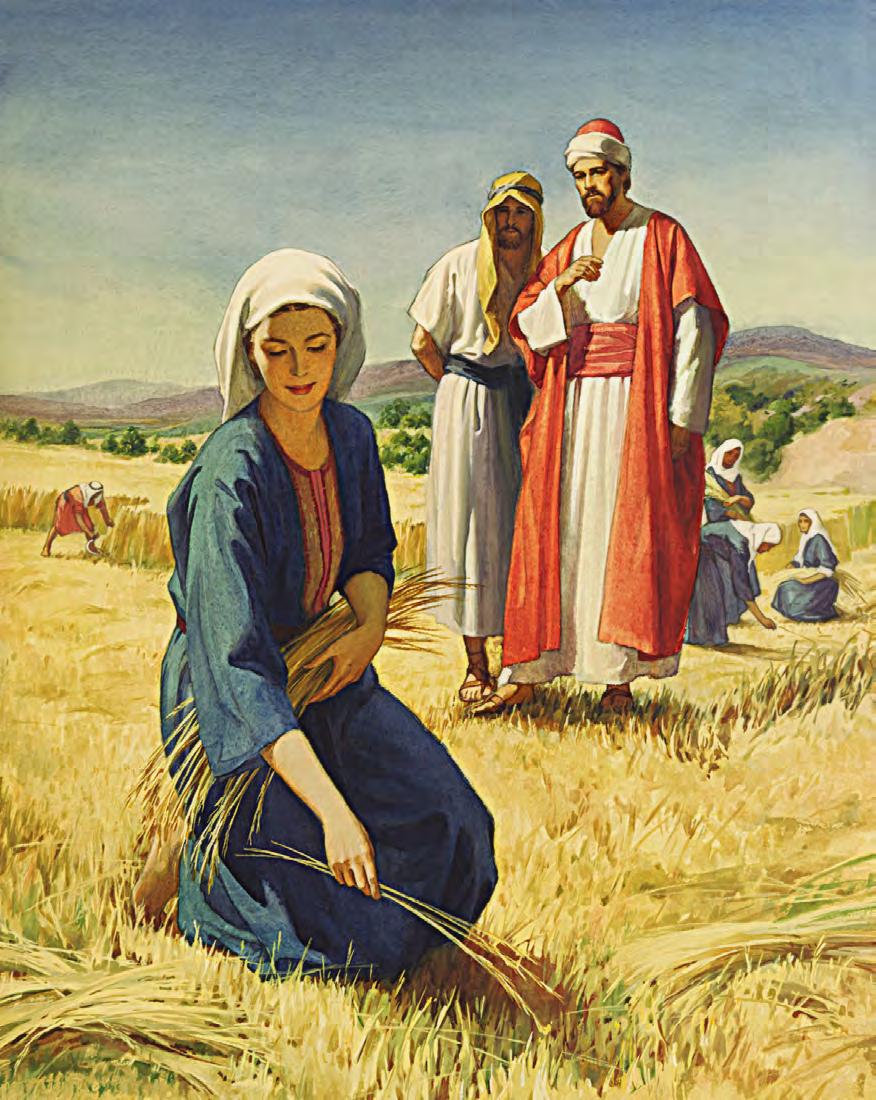
Giving to others’ basic needs without having as my motive personal reward


10 LOVE
INTRODUCTION
GOD ENABLES ME TO
Boaz Shows Love to a Newcomer
Boaz Shows Love to a Newcomer
Whenthe Israelites began to conquer the Promised Land, they sent two spies into the city of Jericho. In Jericho lived a woman named Rahab who believed in Israel’s God, so she hid the Israelite spies on her roof. Because of her faith, God spared Rahab’s life when Israel took the city. Rahab later married an Israelite, and they had a son they named Boaz. When a famine came upon Israel, Boaz’s relative, Elimelech, moved his wife Naomi and their two sons to Moab. During the years in Moab, the sons married Moabite women. However, tragedy struck when the father and both sons died. Now widowed, Naomi decided to return home
to Israel. One daughter-in-law, Ruth, was determined to go with her. When the two women arrived in Israel during harvest time, Ruth offered to find food. God’s Law to Israel allowed the poor to gather fallen grain from the fields and made provisions for childless widows to remarry. As Ruth picked up the grain dropped by the reapers, how would the landowner and his workers react to her, a foreigner? Would anyone notice the practical needs of these two widows and offer to be a channel of God’s love to them?
Let’s read the Bible story in Ruth 2:1–3:2, 6, 10–12; 4:1–17 and then discuss the following questions.
1. Who was the wealthy landowner? How did he graciously greet his workers? (See Ruth 2:1, 4.) How do you like to be greeted?
2. When he noticed the newcomer, Boaz asked who her protector was. What did the workers tell him? (See Ruth 2:5–7.)
Do you notice others and ask about their well-being? How can you welcome a houseguest, church visitor, or a new neighbor?
3. What provision and protection did Boaz offer that made Ruth feel welcomed, included, and safe? (See Ruth 2:8–9.)
How do you protect your siblings? In your activities, how can you include someone who is younger, shy, or lonely? Why should you welcome others? (See Matthew 25:40, Romans 15:7.)
4. How did Boaz’s kind words affect Ruth? (See Ruth 2:10.) What did he say when praising her character and faith in God? (See Ruth 2:11–12.)
What effect can your words have on others?
(See Proverbs 18:21.)
5. How did Ruth humbly express her appreciation to Boaz? (See Ruth 2:13.)

How can you gratefully honor those who care for you?
6. How else did Boaz meet Ruth’s needs? If an ephah of barley weighed 30–50 pounds, was Boaz generous? (See Ruth 2:14–17.)

What can you share with others? How should you give? (See II Corinthians 9:6–8.)
7. How did Boaz respond to Ruth’s request to be redeemed as his wife? (See Ruth 3:10–12.) What was his prompt response? (See Ruth 4:1, 6, 9–10.)
How can fulfilling your responsibilities make you a channel of God’s love to others?
8. How did God meet Naomi’s needs through the love of Boaz and Ruth? (See Ruth 4:13–15.)
Who became Naomi’s great-great-grandson?
(See Ruth 4:17.)
What results when we do good works out of love?
(See I Thessalonians 3:12–13, I Peter 2:12.)
11
BIBLE STORY
LESSON 2 Become a Channel of Love
Revealing the character of Christ through the stories in His Word.
SAVE 20% on any individual Biblical Character Illustrated booklets

Use coupon: BCICBOOKLET


Biblical Character Illustrated Curriculum
Discover this unique tool that uses the stories in Scripture to illuminate character qualities God wants to develop in the lives of His people. This curriculum contains multiple ways to teach character to kids and give them a vision for building character through faith in Christ!

Single Booklets: $10 each
Complete Set: $379 (SAVE 23%)
OTHER BIBLICAL CHARACTER RESOURCES

Single PDF Download: $3 each
PDF Download Set: $109 (SAVE 25%)

Biblical Character Illustrated 49-Booklet Set
Includes 2 bonus items: Calendar + Understanding Spiritual Gifts
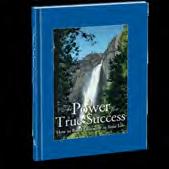
Power for True Success
Insightful, Biblical studies on all 49 character qualities
Hymns for the Family, Volumes 1–4
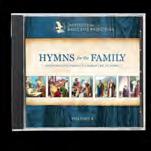
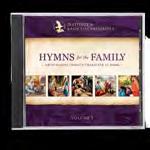
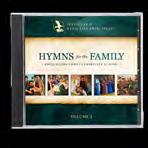

Companion hymns for each character quality
Character Sketches, 4-Volume Set
Timeless resources to show God’s character relfected in creation

Shop these resources at store.iblp.org. • Questions? Call 903-636-9600 or email biblicalcharacter@iblp.org.
























